Home>Home Appliances>Home Automation Appliances>How To Turn Down Alexa Sensitivity
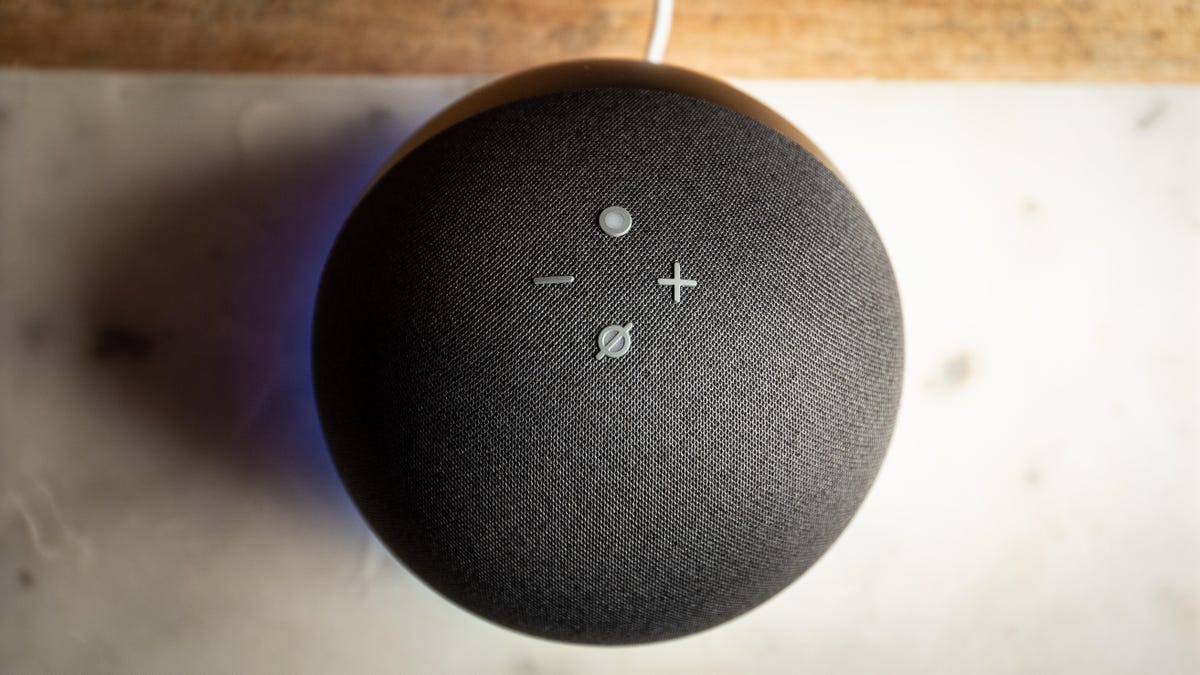

Home Automation Appliances
How To Turn Down Alexa Sensitivity
Published: December 31, 2023
Learn how to adjust Alexa's sensitivity for your home automation appliances with our step-by-step guide. Fine-tune your settings and optimize your smart home experience today!
(Many of the links in this article redirect to a specific reviewed product. Your purchase of these products through affiliate links helps to generate commission for Storables.com, at no extra cost. Learn more)
Introduction
Read more: How To Turn Down Brightness On Alexa
Introduction
Welcome to the world of home automation, where the convenience of controlling your appliances with just your voice is no longer a distant dream but a present reality. Amazon's Alexa, with its advanced voice recognition capabilities, has revolutionized the way we interact with our smart devices. However, as with any technology, there may be instances where adjustments are necessary to ensure optimal performance. In this article, we will explore the concept of Alexa sensitivity and delve into the methods for adjusting it to better suit your preferences and environment.
Alexa sensitivity refers to the device's ability to accurately detect and interpret voice commands. Understanding and managing this feature is crucial for ensuring a seamless and frustration-free user experience. Whether you're tired of Alexa responding to every ambient conversation or struggling to get her attention in a noisy environment, learning how to fine-tune her sensitivity settings can significantly enhance your interaction with this innovative technology.
Join us as we demystify the intricacies of Alexa sensitivity and provide practical insights into customizing these settings to align with your unique needs and surroundings. By the end of this article, you'll be equipped with the knowledge and tools to optimize Alexa's responsiveness, thereby maximizing the utility and enjoyment derived from your smart home setup. Let's embark on this journey to unlock the full potential of your voice-activated assistant.
Understanding Alexa Sensitivity
Key Takeaways:
- Adjusting Alexa sensitivity settings allows you to customize her responsiveness to your voice, making interactions more personalized and seamless. It’s like teaching Alexa to understand you better in different environments.
- Voice training helps Alexa adapt to your unique speech patterns, making her responses more accurate and personalized. It’s like giving Alexa a special lesson to understand your voice and accent.
Understanding Alexa Sensitivity
Before delving into the practical aspects of adjusting Alexa sensitivity, it’s essential to grasp the underlying principles that govern this feature. Alexa sensitivity primarily pertains to the device’s ability to discern and respond to voice commands based on factors such as volume, pitch, and ambient noise levels. The default sensitivity setting is designed to cater to a broad range of environments and speaking styles, aiming to strike a balance between responsiveness and selectivity.
When Alexa’s sensitivity is set too high, she may inadvertently react to unintended phrases or background chatter, leading to a less-than-ideal user experience. Conversely, a low sensitivity setting might result in her missing legitimate commands, especially in noisy or crowded settings. Understanding the implications of sensitivity adjustments is crucial for tailoring Alexa’s performance to suit your specific requirements.
It’s important to note that factors such as the distance between the user and the device, the acoustics of the room, and the presence of ambient sounds can all influence the effectiveness of Alexa’s voice recognition. By comprehending these variables, users can make informed decisions when fine-tuning sensitivity settings to ensure optimal responsiveness without compromising accuracy.
Furthermore, Alexa sensitivity is not a one-size-fits-all configuration. Different households and individuals have varying preferences and usage scenarios, necessitating a nuanced approach to customization. Whether you’re seeking to minimize unintentional triggers in a bustling household or enhance Alexa’s ability to discern commands from a distance, a deeper understanding of sensitivity dynamics is pivotal in achieving these objectives.
As we proceed, we will explore the practical methods for adjusting Alexa sensitivity, empowering users to tailor this feature in accordance with their specific needs. By gaining insights into the intricacies of Alexa sensitivity, you’ll be better equipped to optimize her performance and elevate your smart home experience to new heights.
Adjusting Alexa Sensitivity Settings
Adjusting Alexa Sensitivity Settings
Customizing Alexa’s sensitivity settings is a straightforward process that can significantly enhance the device’s responsiveness to voice commands. By fine-tuning these parameters, users can mitigate unintended triggers and improve the accuracy of Alexa’s interactions. Here’s a step-by-step guide to adjusting Alexa sensitivity settings:
- Accessing the Alexa App: Begin by opening the Alexa app on your smartphone or tablet. Ensure that the device is connected to the same Wi-Fi network as your Alexa-enabled devices.
- Selecting the Device: Navigate to the “Devices” tab within the Alexa app and choose the specific Alexa-enabled device for which you wish to adjust sensitivity settings. This could be an Echo, Echo Dot, or any other compatible device.
- Adjusting Sensitivity: Within the device settings, locate the “Wake Word” or “Voice Sensitivity” option. Depending on the specific device model and app version, this setting may be found under “Wake Word” or “Voice Responses.” From here, you can fine-tune the sensitivity level by selecting options such as “More Sensitive” or “Less Sensitive.”
- Testing the Changes: After making the desired adjustments, it’s advisable to test Alexa’s responsiveness to voice commands in various scenarios. This could involve speaking from different distances, altering the ambient noise levels, and using varying tones and volumes to gauge the device’s recognition capabilities.
- Iterative Refinement: Based on the performance observed during testing, users can iteratively refine the sensitivity settings to achieve an optimal balance between responsiveness and selectivity. It’s important to consider the typical usage patterns and environmental factors that influence Alexa’s voice recognition in your specific setting.
By following these steps, users can effectively tailor Alexa’s sensitivity settings to align with their preferences and environmental conditions. Whether you’re aiming to minimize inadvertent wake-ups or enhance Alexa’s ability to discern commands in challenging acoustic environments, the flexibility offered by sensitivity adjustments empowers users to optimize their smart home interactions.
It’s worth noting that while adjusting sensitivity settings can yield substantial improvements in Alexa’s performance, it’s essential to strike a balance that ensures both accuracy and responsiveness. Experimenting with different sensitivity levels and observing the device’s behavior in real-world scenarios can provide valuable insights for fine-tuning these settings to perfection.
As we proceed, we’ll explore additional techniques, such as voice training, that complement sensitivity adjustments in refining Alexa’s voice recognition capabilities. These combined strategies can elevate the overall user experience, fostering seamless interactions with your smart home assistant.
Using Voice Training to Improve Alexa’s Recognition
Using Voice Training to Improve Alexa’s Recognition
Beyond adjusting sensitivity settings, another powerful method for enhancing Alexa’s recognition capabilities is through voice training. This feature allows users to provide explicit feedback to Alexa, enabling her to adapt to distinct speech patterns and accents. By incorporating voice training into the customization process, users can further refine Alexa’s ability to accurately interpret voice commands. Here’s a comprehensive guide to leveraging voice training for improving Alexa’s recognition:
- Accessing Voice Training: Begin by opening the Alexa app and navigating to the settings for the desired Alexa-enabled device. Look for the “Voice Training” or “Voice Profile” option within the device settings.
- Initiating Training: Select the “Begin Voice Training” or similar option to commence the process. Alexa will prompt you to read aloud a series of phrases or sentences, allowing her to capture and analyze your unique speech patterns.
- Providing Clear Pronunciation: During voice training, enunciate the provided phrases clearly and naturally, ensuring that Alexa can capture the nuances of your speech. This step is instrumental in aiding Alexa’s adaptation to your specific vocal characteristics.
- Repetition and Variation: It’s beneficial to undertake voice training in diverse acoustic settings and speaking styles to provide Alexa with a comprehensive understanding of your voice. This may involve conducting training sessions in quiet environments as well as amidst background noise to enhance Alexa’s adaptability.
- Monitoring Recognition Accuracy: Following voice training, monitor Alexa’s recognition accuracy during everyday interactions. Pay attention to her responsiveness to your voice commands and assess any notable improvements in accurately interpreting your requests.
Voice training serves as a valuable tool for refining Alexa’s voice recognition, especially in households with multiple users or diverse accents. By capturing and adapting to individual speech patterns, Alexa can deliver more personalized and accurate responses, thereby enriching the overall user experience.
It’s important to note that voice training is an ongoing process that can be revisited periodically to accommodate any changes in speech patterns or environmental factors. By periodically refreshing Alexa’s understanding of your voice, you can ensure sustained accuracy in her responses, regardless of evolving usage scenarios.
By incorporating voice training alongside sensitivity adjustments, users can harness the full potential of Alexa’s voice recognition capabilities, fostering seamless interactions with their smart devices. This multifaceted approach empowers users to tailor Alexa’s responsiveness to align with their unique preferences and usage patterns, ultimately optimizing the smart home experience.
Conclusion
Read more: How To Turn Down Water Heater
Conclusion
In the realm of home automation, the adaptability and responsiveness of voice-activated assistants such as Alexa play a pivotal role in shaping the user experience. Throughout this exploration of Alexa sensitivity, we’ve gained valuable insights into the nuances of adjusting this feature to enhance the device’s performance in diverse environments. By understanding the dynamics of Alexa sensitivity and leveraging practical techniques, users can optimize their interactions with this innovative technology, thereby maximizing its utility in their daily lives.
Adjusting Alexa sensitivity settings empowers users to tailor the device’s responsiveness to align with their specific needs and environmental conditions. Whether it’s minimizing unintended wake-ups or enhancing Alexa’s ability to discern commands in challenging acoustic environments, the flexibility offered by sensitivity adjustments facilitates a more personalized and seamless smart home experience.
Furthermore, the integration of voice training as a complementary strategy for refining Alexa’s recognition capabilities presents an opportunity to capture and adapt to individual speech patterns, thereby enriching the overall user experience. By leveraging voice training alongside sensitivity adjustments, users can foster more personalized and accurate interactions with their smart devices, transcending the limitations of conventional voice recognition systems.
As we navigate the ever-evolving landscape of home automation, the quest to optimize the performance of voice-activated assistants continues to inspire innovation and refinement. The ability to fine-tune Alexa’s sensitivity and harness the potential of voice training underscores the dynamic nature of this technology, offering users a pathway to elevate their smart home interactions to new heights of convenience and personalization.
In conclusion, the journey to unlock the full potential of Alexa sensitivity and voice recognition represents a convergence of user empowerment and technological advancement. By embracing these capabilities and integrating them into our smart home ecosystems, we embark on a path towards a more intuitive, responsive, and tailored interaction with our voice-activated assistants, ushering in a new era of seamless and personalized home automation experiences.
Frequently Asked Questions about How To Turn Down Alexa Sensitivity
Was this page helpful?
At Storables.com, we guarantee accurate and reliable information. Our content, validated by Expert Board Contributors, is crafted following stringent Editorial Policies. We're committed to providing you with well-researched, expert-backed insights for all your informational needs.

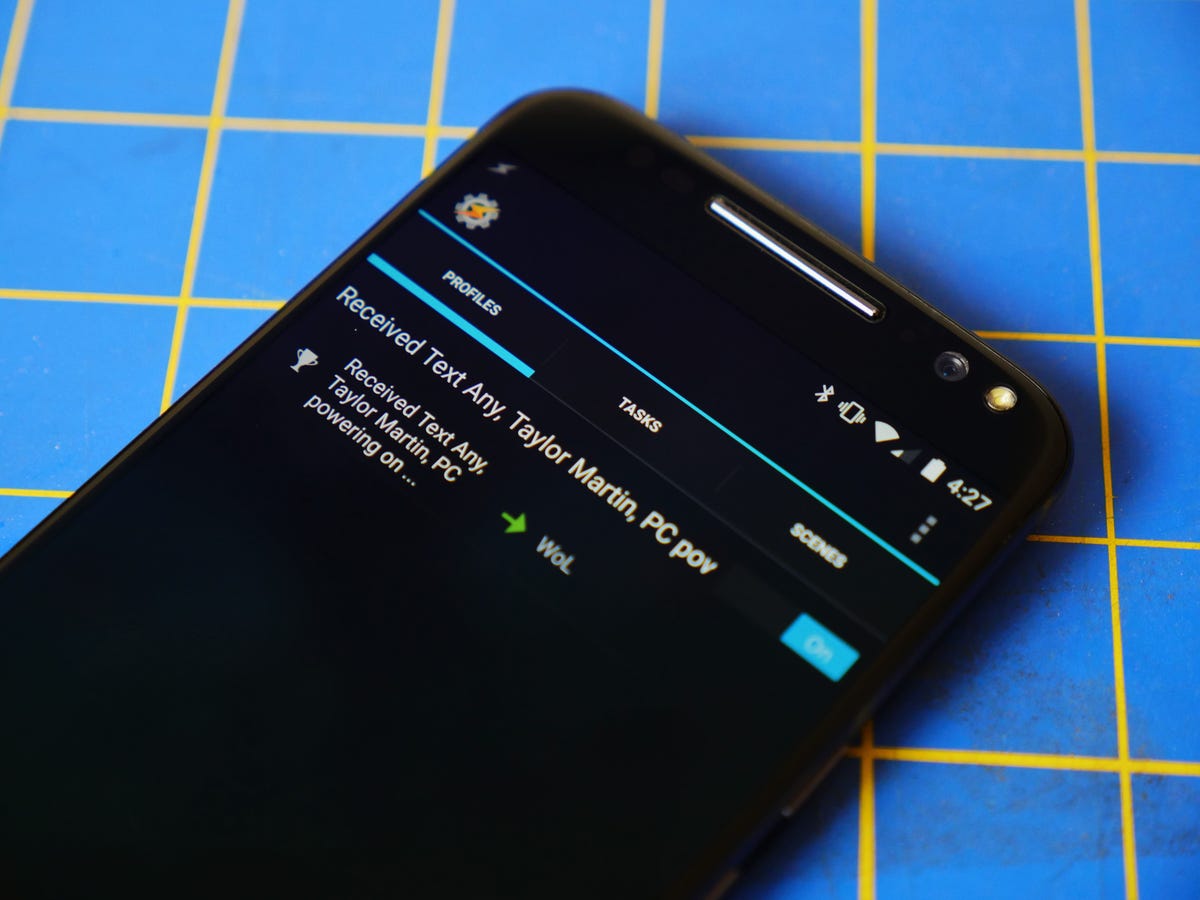

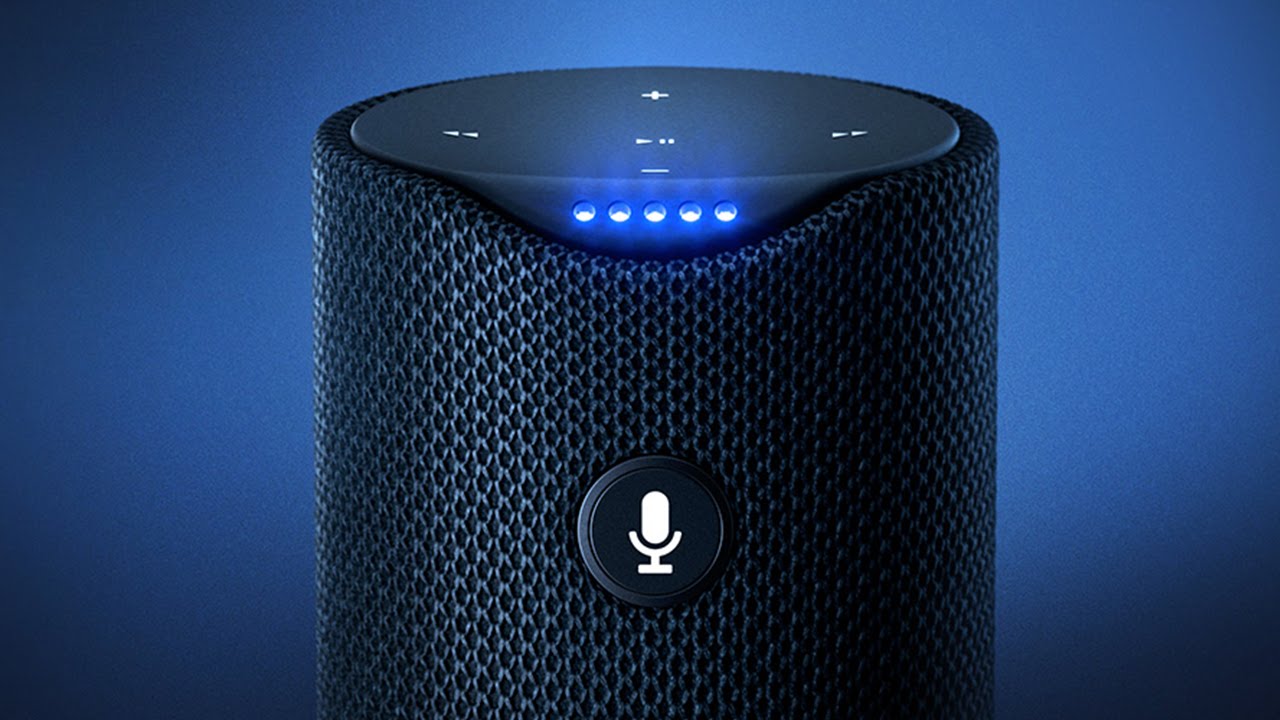

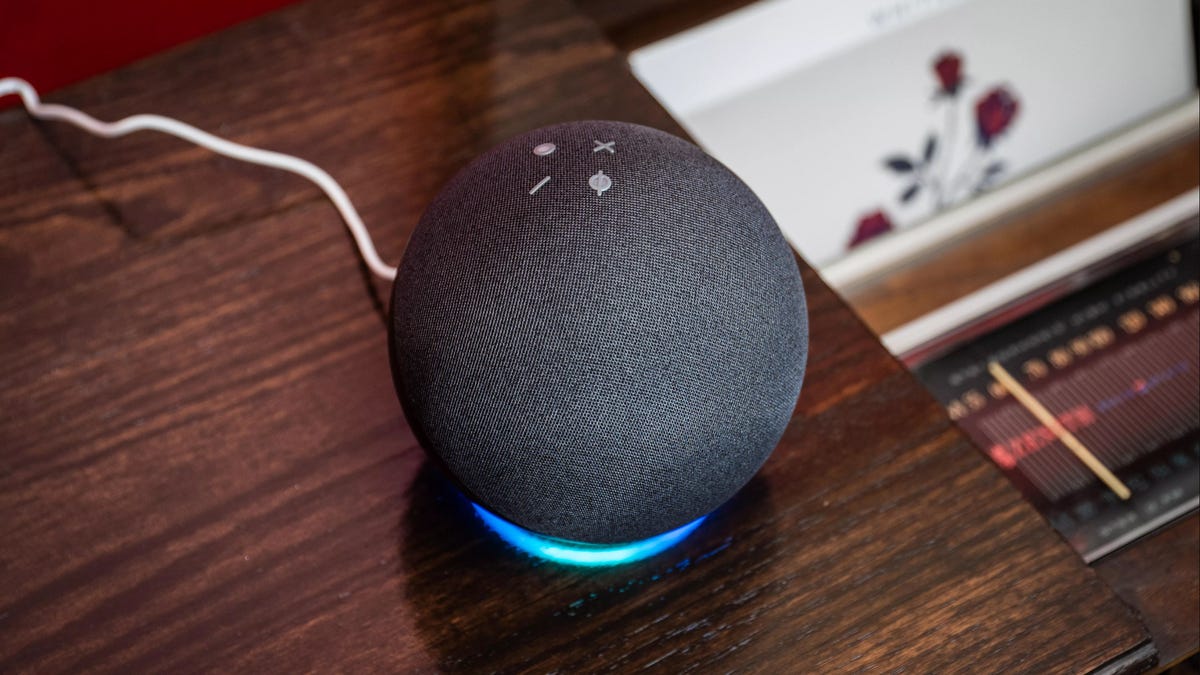



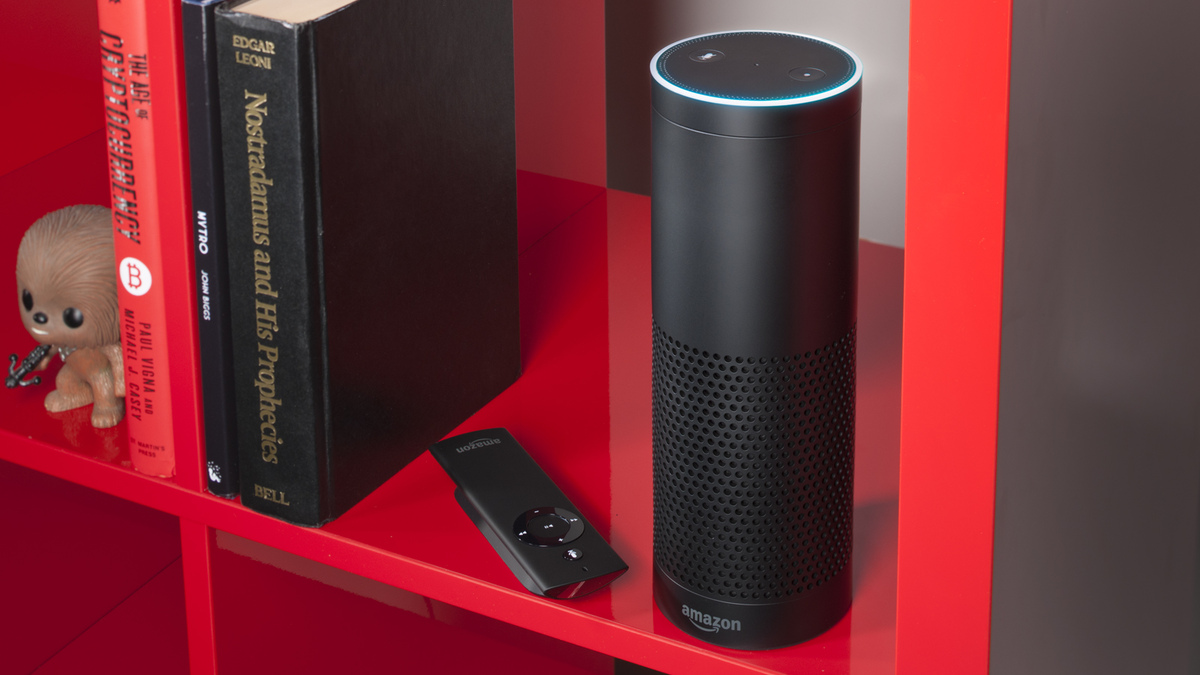
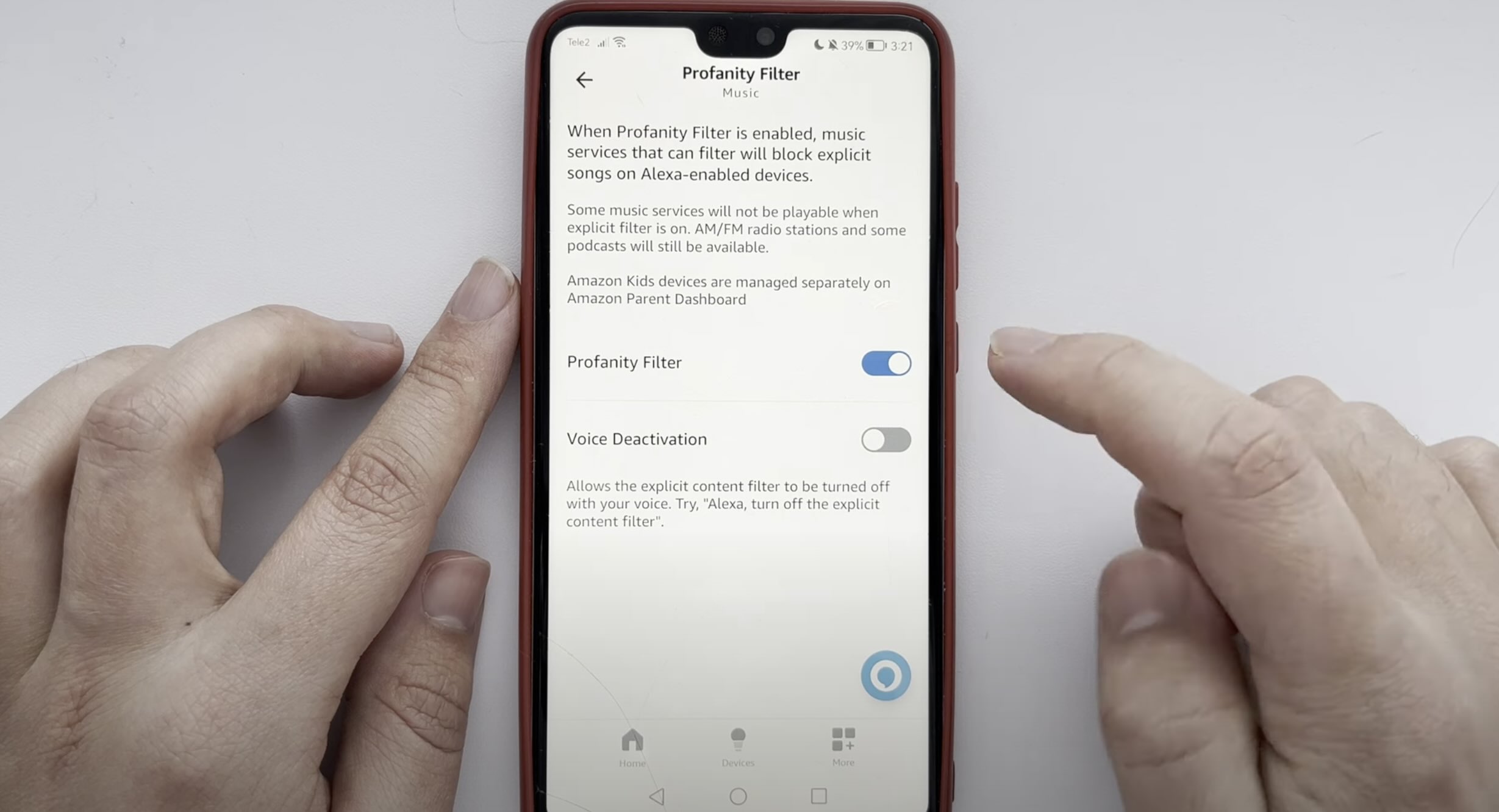
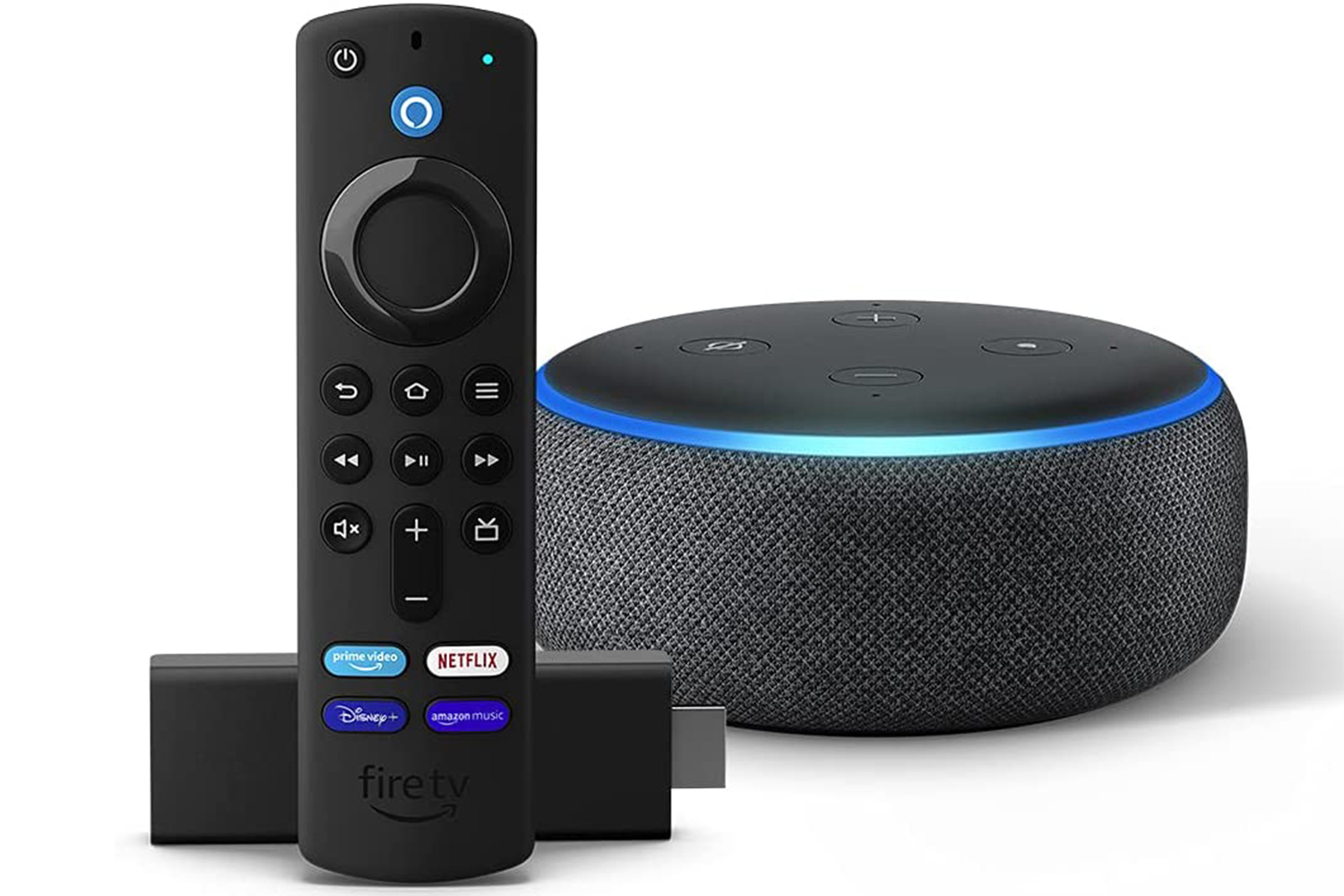
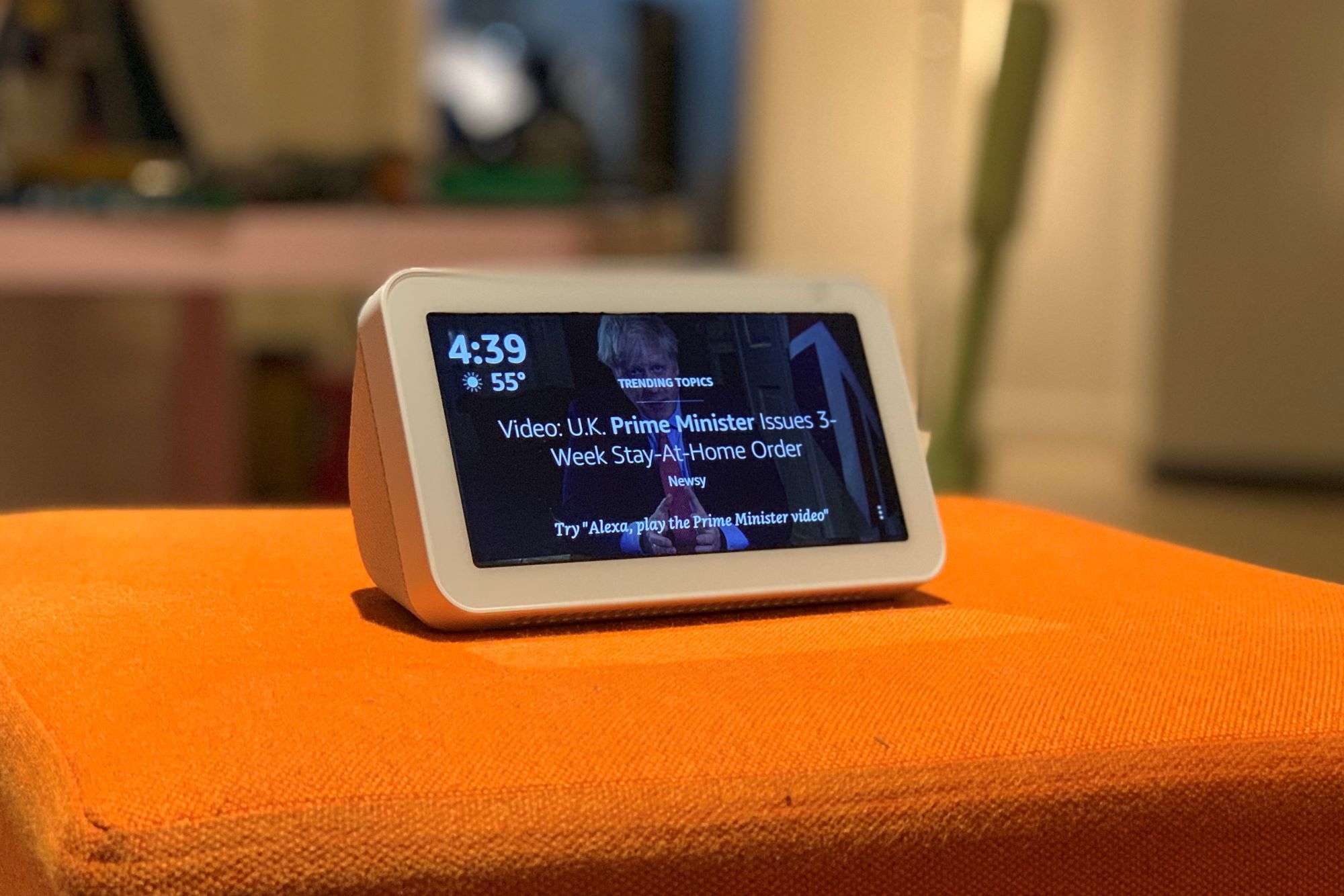

0 thoughts on “How To Turn Down Alexa Sensitivity”